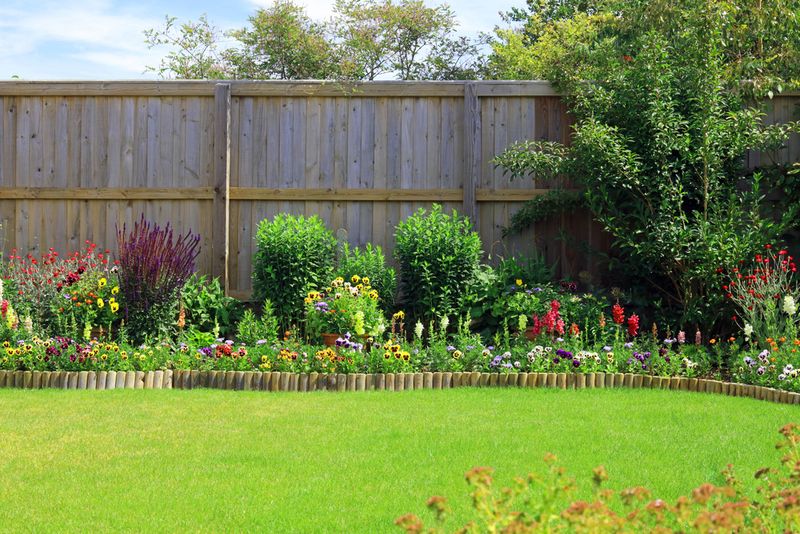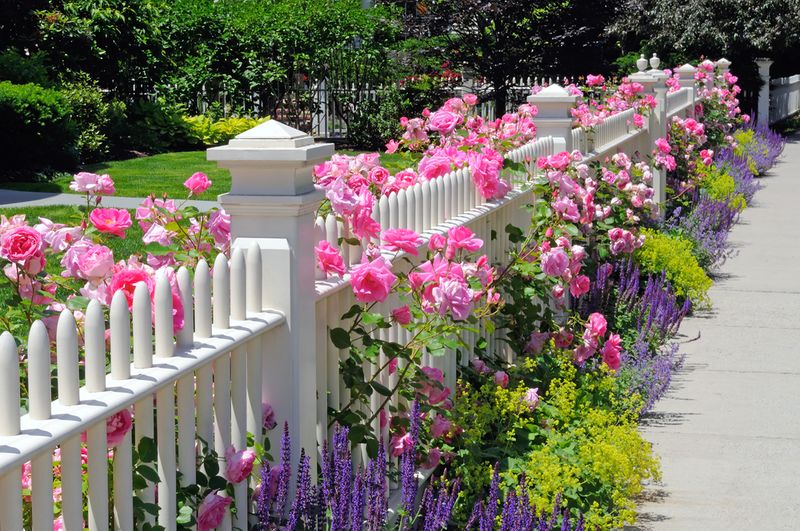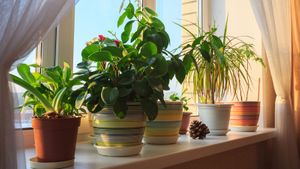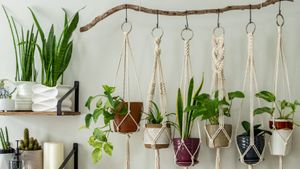Gardens are not just about the flowers and plants that grow within; they are also about how these elements are arranged and bordered. The right border plants can elevate the aesthetic of your garden, creating visually stunning divisions that highlight your main garden areas. This guide will delve into the selection of garden border plants and garden edging plants, ensuring that your outdoor space is not only beautiful but also well-organised and distinctly styled.
Understanding the role of border plants

Border plants serve a dual purpose: they define the edges of garden beds and paths while also adding depth, texture, and colour. Whether you're looking to create a soft, flowing edge or a more structured look, choosing the right plants is essential. Garden border plants typically include both flowering species and foliage varieties, allowing for a mix of heights, colours, and textures that can work to complement the central garden theme.
Key considerations for selecting border plants

Before you begin planting, it's crucial to consider a few key aspects:
Garden conditions: Assess the light, soil, and moisture conditions of your garden. Some border plants may require full sun, while others thrive in shade. Soil type can also significantly affect the growth of your plants.
Maintenance level: Consider how much time you are willing to spend on garden maintenance. Some garden border plants require more pruning and care than others.
Seasonal changes: Choose plants that maintain their appeal throughout different seasons or combine evergreens with seasonal flowers to ensure year-round beauty.
Height and spread: Plan the height and spread of the plants to ensure they fit well within your garden space without overwhelming it.
Top garden border plants

Here are some top choices for garden border plants that can cater to various garden styles and conditions:
Lavender: With its soothing fragrance and beautiful purple blooms, lavender is perfect for creating relaxing garden borders. It thrives in full sun and well-drained soil, making it a low-maintenance option for sunny edges.
Boxwood (Buxus): Ideal for formal gardens, boxwood can be shaped into precise hedges. They are excellent for creating sharp, defined edges around garden beds or walkways.
Hostas: These are excellent for shady areas. With their lush foliage, they add texture and a pop of green, making them ideal for garden edging plants in less sunny spots.
Daylilies (Hemerocallis): Daylilies bring a splash of colour with their vibrant, trumpet-shaped flowers. They are hardy and can thrive in a variety of soil conditions, making them versatile border plants.
Incorporating garden edging plants

Garden edging plants are usually shorter and often used to line the very front of your borders. They are crucial for creating clean lines and defining spaces:
Sedum: Known for their hardiness and succulent leaves, sedum varieties add texture and are perfect for dry, challenging conditions.
Dianthus: With their bright and spicy-scented flowers, Dianthus adds colour and a lovely fragrance to the edge of your garden.
Heuchera: Available in a variety of colours from silver to deep burgundy, Heuchera plants are fantastic for adding a splash of colour to your garden edges.
Alyssum: This low-growing plant produces masses of small, delicate flowers, creating a soft edge to garden borders and paths.
Design tips for garden borders
Layering: Create depth by planting taller border plants at the back and shorter garden edging plants at the front. This layering effect adds interest and allows all plants to be visible.
Repetition: Repeat certain plants or colours along the border to create a cohesive look.
Contrast: Combine plants with different foliage textures or colours to enhance visual interest.
Natural Edges: For a more natural look, choose border plants that can slightly overflow onto paths, softening rigid lines.
Maintenance and care

Regular maintenance is key to keeping your borders looking their best. This includes watering, feeding, pruning, and deadheading flowers as needed. Mulching around garden border plants can help retain moisture, suppress weeds, and improve soil quality.
Selecting the right garden border plants and garden edging plants is a delightful challenge that, when done well, significantly enhances your garden's beauty and functionality. By considering the specific conditions of your garden and choosing suitable plants, you can create stunning, well-defined borders that will make your outdoor space stand out. Whether you are a gardening novice or an experienced green thumb, these tips will help you build a more beautiful, structured garden landscape.


_1714803407068_thumb_1200.jpeg?w=3840&q=75)

